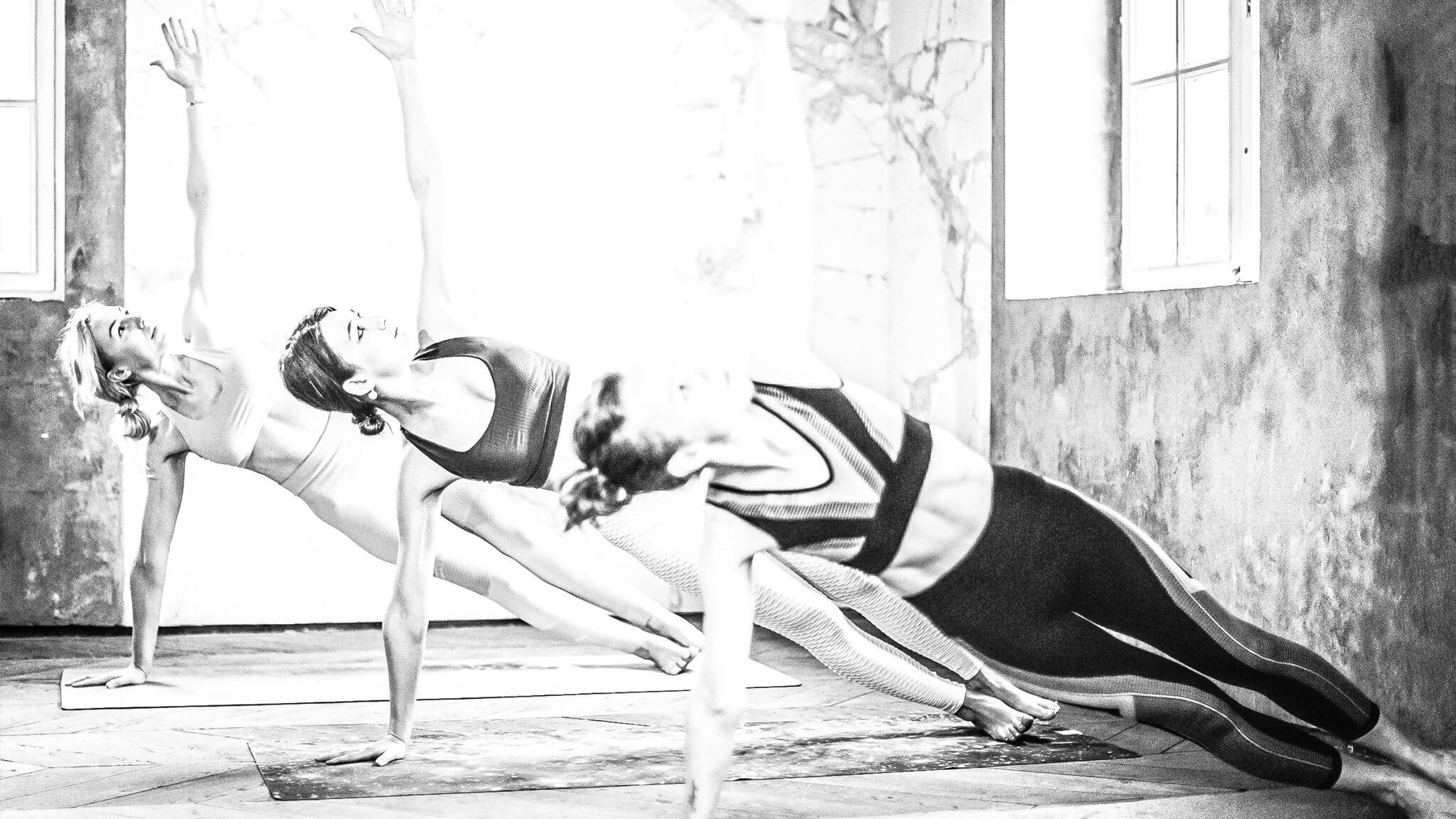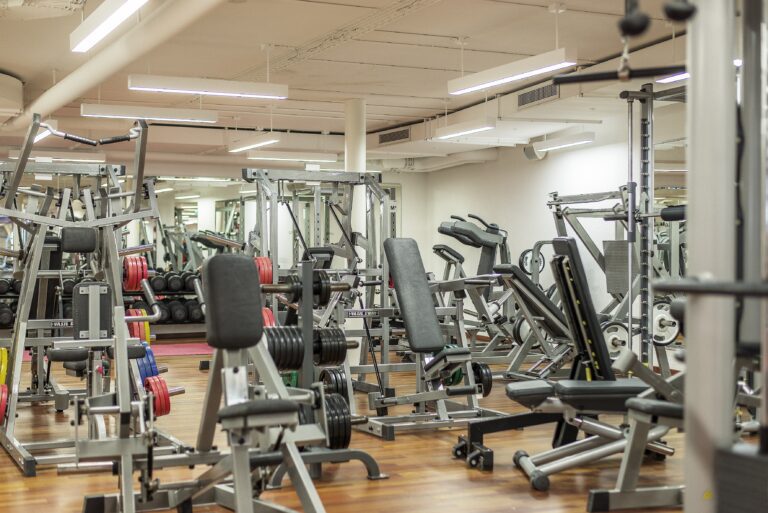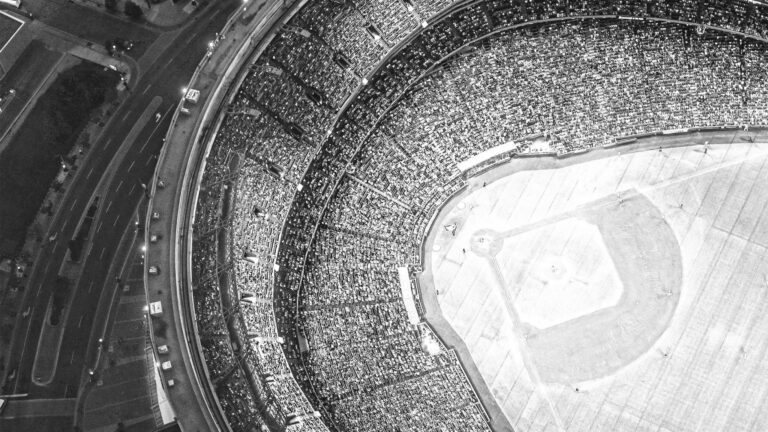Gym design. It’s a term you’ve probably come across, but have you ever stopped to ponder its importance? The layout of your gym, the equipment you choose, and the spaces you create for different types of workouts aren’t just arbitrary decisions. They are deliberate choices that reflect your brand’s identity.
If you’ve never considered the gym design process as a crucial part of your business, today we’ll delve into why gym design is a powerful tool to drive sales, boost customer retention and forge brand loyalty.


Book A Speaker
Vestibulum suscipit eros dui, eget scelerisque massa gravida ut. Fusce dapibus nibh auctor ipsum iaculis bibendum. In id turpis ornare, pharetra metus nec, bibendum ipsum. Nulla faucibus leo sed laoreet venenatis.
What’s Gym Design?
In simple terms, gym design refers to the process of planning and creating the layout, aesthetics, and functionality of a fitness center. From the gym floor plan and equipment placement to the color of the walls and the lighting, gym design covers everything that goes into creating the atmosphere of your gym.
This process extends to home gyms as well. Whether you’re transforming a spare bedroom into a dream gym or setting up a modest training space, the design principles remain the same. It’s about creating a space that motivates, inspires, and provides a user-friendly environment for fitness enthusiasts of all levels.
What’s the Role of Gym Design in Brand Development?
A well-designed gym is an investment that pays dividends in brand development. How? Your gym layout is more than a collection of exercise equipment. It’s a tangible representation of your brand’s values, style, and focus.
When customers step through your doors, they should be able to instantly grasp what your brand is all about. Are you focused on high-intensity interval training, or do you promote a more balanced approach to fitness? Your gym design communicates this to your clients, either consciously or subconsciously.
What’s the Relationship between Design and Brands? How Can Gyms Get the Most Out of Gym Design?
Design and brands are two sides of the same coin. A well-thought-out gym design can reinforce your brand identity, set you apart from the competition, and even attract a specific target market.
But how do you get the most out of gym design?
- Know Your Audience: Understand their needs, preferences, and fitness goals.
- Create a Unique Atmosphere: Use colors, lighting, and décor that align with your brand’s personality.
- Functionality is Key: Choose equipment and create layouts that facilitate effective workouts and ensure safety.
What’s the Thought Process in Gym Design? Should It Be a One-Size-Fits-All Approach?
The gym design process is a journey that begins with a vision and ends with its translation into reality. It involves:
- Conceptualization: Developing a clear idea of the gym’s identity based on your brand’s values and the specific needs of your target market.
- Planning: Creating a gym floor plan that includes the placement of equipment, cardio and weight rooms, specialized training areas, and even amenities like locker rooms and reception areas.
- Design: Collaborating with an interior designer to select colors, flooring, furniture, and other design elements that bring your vision to life.
As for the question of a one-size-fits-all approach, the answer is a resounding ‘No.’ Each gym serves a different clientele with unique needs. A commercial gym will have different layouts and equipment than a home gym or a specialized fitness studio.
Why Is Gym Design So Important in Brand Differentiation?
Imagine walking into two different gyms. Gym A is a haphazard mess of machines with no clear layout or flow. Gym B, on the other hand, has distinct spaces for cardio, weightlifting, and classes, each area thoughtfully designed and filled with top-notch gym equipment. Which gym would you choose?



Brand Strategy
Start your digital journey today!
That’s the power of gym design in brand differentiation. A strategically designed gym creates a superior user experience, sets the tone for your brand, and communicates your commitment to your customers’ health and fitness goals. Moreover, in an increasingly competitive fitness industry, it’s the subtle details—like your choice of the gym floor, the layout of your equipment, and the ambiance of your space— that can set you apart and entice customers to keep coming back.
What Are the Phases of Gym Design?
Designing a gym is a process that unfolds in several phases:
Planning
This is where you establish your vision. Consider your brand’s ethos and the needs of your clients. How much floor space do you have? What type of training spaces and exercise equipment do you need? This is also where you start thinking about your gym layout and floor plan.
Design
This is the creative stage. Work with a gym planner or an interior designer to choose the color scheme, lighting, wall décor, and other design elements that align with your brand’s image. Make sure to consider safety, accessibility, and functionality in your designs.
Execution
Now it’s time to bring your gym design to life. This phase involves sourcing gym equipment, installing flooring, painting walls, and setting up all the designated areas according to your gym floor plans.
Evaluation
Once your gym is set up, take a step back and evaluate. Does it align with your original vision? Is there enough space for people to move around safely? Is the gym equipment easily accessible? Use this feedback to make any necessary adjustments.
How to Get Gym Design Inspiration?
Design inspiration can come from many sources:
- Visit Other Gyms: Get a first-hand look at different layouts, design elements, and equipment arrangements.
- Fitness Expos and Trade Shows: These events showcase the latest trends and innovations in fitness center design and equipment.
- Design Websites and Magazines: Platforms like Pinterest, Houzz, and various design magazines offer a wealth of ideas.
- Nature and Architecture: Sometimes, a walk in the park or a tour of a beautiful building can spark a fresh design idea.
- Your Brand’s Identity: Always remember, your gym should reflect your brand’s identity. Look to your own brand for unique design elements.
What Are Some Examples of Gym Design?
Design trends come and go, but here are some gym design ideas that blend functionality and aesthetics:
Industrial Chic
Exposed brick walls, metal finishes, and minimalist color schemes create a raw, edgy atmosphere.
Luxury Wellness
Think plush seating, elegant lighting, and high-end gym equipment. This design caters to a clientele that values exclusivity and luxury.
Eco-Friendly
From recycled rubber gym floors to natural light and green spaces, this gym design aims to reduce its environmental footprint.
Homey Comfort
For home gyms, comfort is key. Soft lighting, warm colors, and personal touches can make working out feel more like a retreat than a chore.
Creatitive Can Help You Translate Your Brand Identity into Your Gym Design
Keep in mind: the design of your gym —from your gym floor plans to the equipment you choose — is an expression of your brand’s story and vision. It’s more than just a physical location; it’s a space where your clients come to invest in their health, find their strength, and change their lives. Our brand experts and designer are extremely familiar with this.
Schedule a consultation today. We’ll help you develop an inspiring and inviting gym design that will reflect your unique brand identity.



Brand Strategy
Start your digital journey today!







